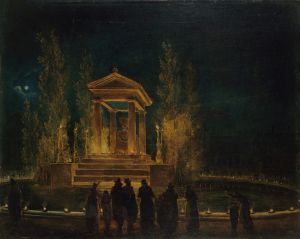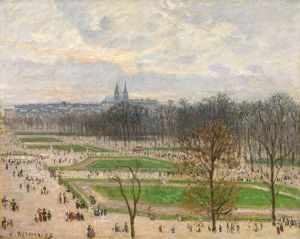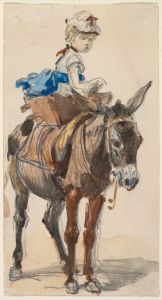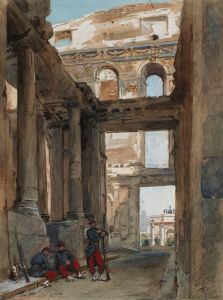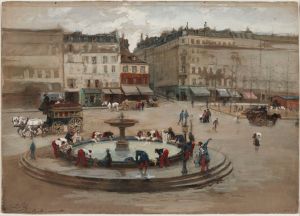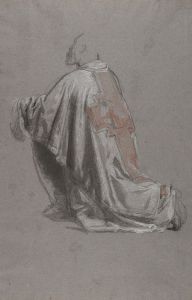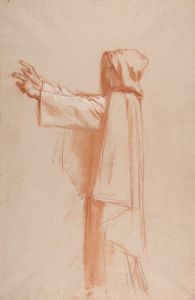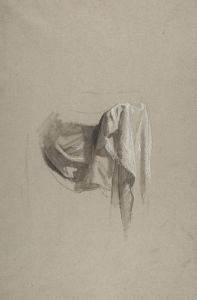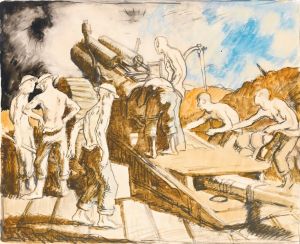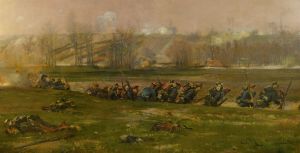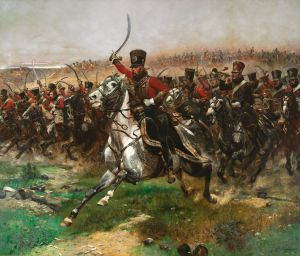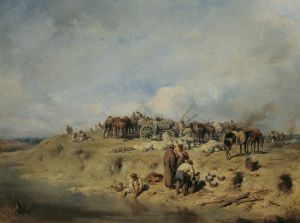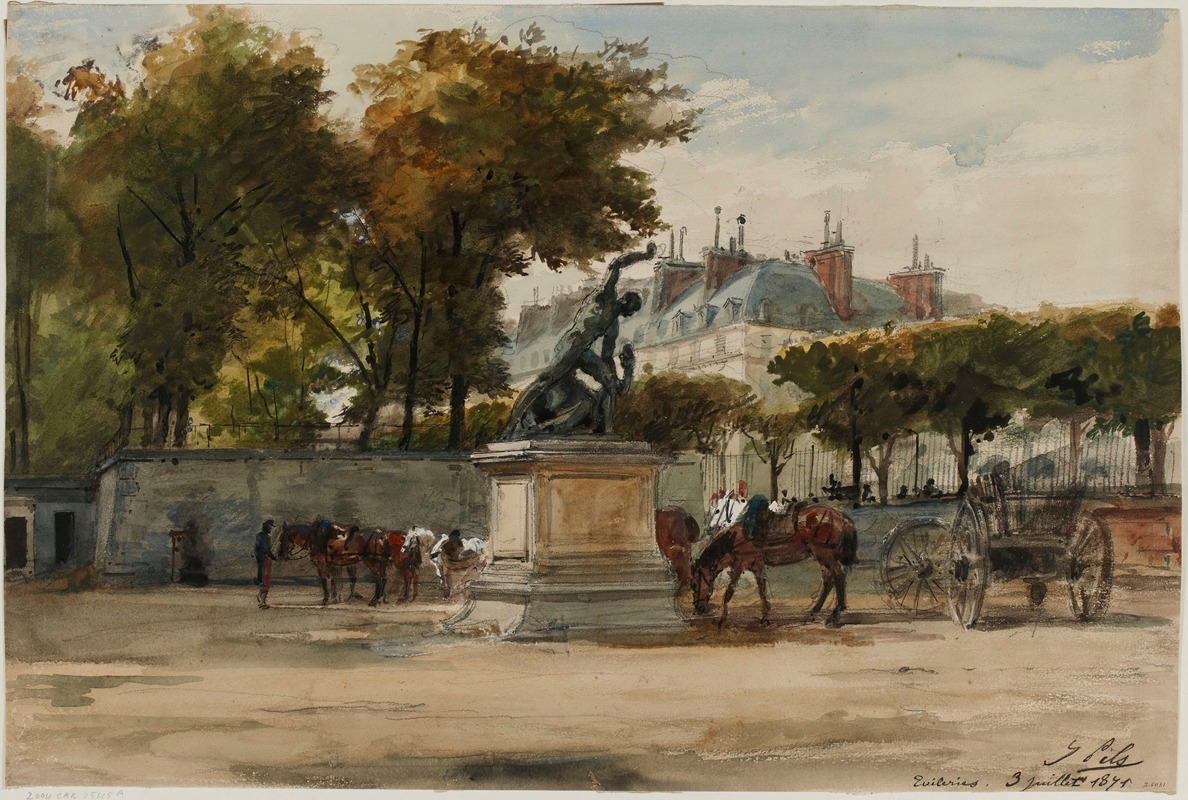
Artilleurs aux Tuileries, 9 juillet 1871.
A hand-painted replica of Isidore Pils’s masterpiece Artilleurs aux Tuileries, 9 juillet 1871., meticulously crafted by professional artists to capture the true essence of the original. Each piece is created with museum-quality canvas and rare mineral pigments, carefully painted by experienced artists with delicate brushstrokes and rich, layered colors to perfectly recreate the texture of the original artwork. Unlike machine-printed reproductions, this hand-painted version brings the painting to life, infused with the artist’s emotions and skill in every stroke. Whether for personal collection or home decoration, it instantly elevates the artistic atmosphere of any space.
"Artilleurs aux Tuileries, 9 juillet 1871" is a painting by the French artist Isidore Pils. The artwork depicts a scene from the aftermath of the Paris Commune, a radical socialist and revolutionary government that briefly ruled Paris from March 18 to May 28, 1871. The Commune arose in the wake of France's defeat in the Franco-Prussian War and the collapse of the Second Empire, leading to a period of civil unrest and conflict.
Isidore Pils, born on July 19, 1813, in Paris, was a prominent French painter known for his historical and military subjects. He studied at the École des Beaux-Arts in Paris under François-Édouard Picot and won the prestigious Prix de Rome in 1838. Pils' works often reflect his interest in contemporary events and his ability to capture the human element within historical contexts.
The painting "Artilleurs aux Tuileries, 9 juillet 1871" specifically portrays artillerymen at the Tuileries Garden on July 9, 1871, shortly after the suppression of the Paris Commune by the French government forces. The Tuileries Garden, located between the Louvre Museum and the Place de la Concorde, was a significant site during the Commune. The Tuileries Palace, which once stood adjacent to the garden, was set ablaze by the Communards during the "Semaine Sanglante" (Bloody Week) in May 1871, leading to its eventual destruction.
In Pils' painting, the scene is likely set amidst the ruins and the aftermath of the conflict. The artillerymen depicted in the artwork are part of the French government forces who played a crucial role in quelling the Commune. The painting captures the somber mood and the devastation that followed the brutal suppression of the uprising. The use of light and shadow, along with the detailed rendering of the figures and the setting, reflects Pils' skill in conveying the gravity of the historical moment.
Isidore Pils' work is significant not only for its artistic merit but also for its historical documentation of a tumultuous period in French history. The Paris Commune remains a subject of extensive study and debate, symbolizing the struggle for social justice and the complexities of revolutionary movements. Pils' painting serves as a visual record of the aftermath, offering insight into the experiences of those who lived through the events.
"Artilleurs aux Tuileries, 9 juillet 1871" is part of Pils' broader oeuvre, which includes other notable works such as "Rouget de Lisle Singing La Marseillaise" and "The Battle of Alma." His contributions to French art were recognized during his lifetime, and he was appointed a professor at the École des Beaux-Arts in 1863. Pils passed away on September 3, 1875, in Douarnenez, leaving behind a legacy of historically significant and artistically accomplished works.





